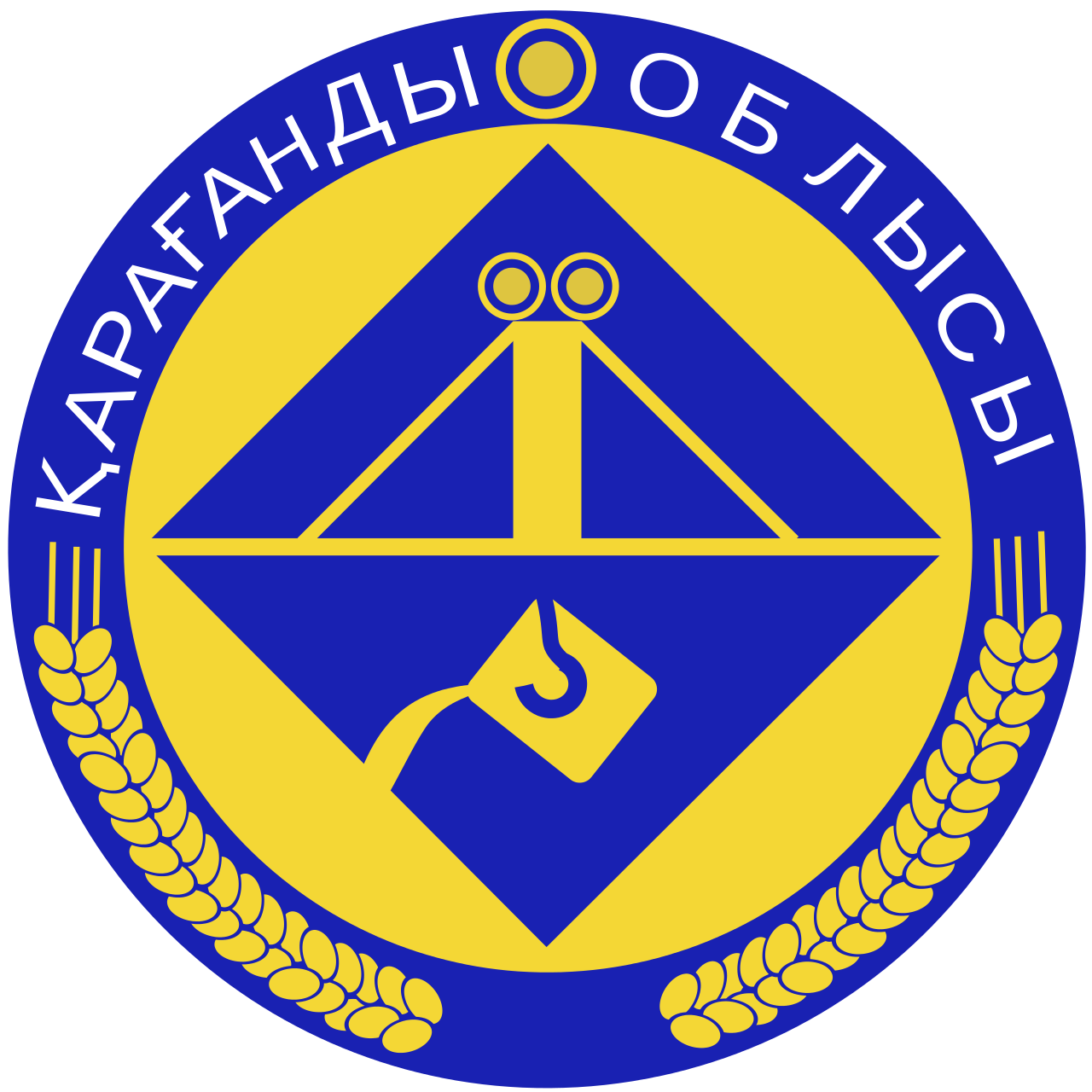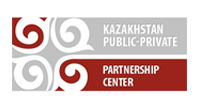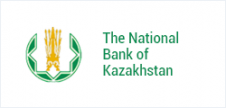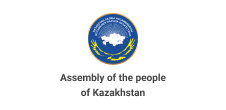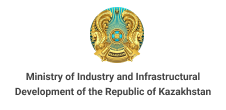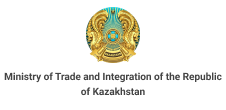Information about the city
Information about the city
Karaganda region is a region in the central part of Kazakhstan. The region occupies the most elevated part of the Kazakh melkosopochnik — Saryarka.
Currently, the Karaganda region is the largest in terms of territory and industrial potential, rich in minerals and raw materials. The territory of the region within the new borders is 427,982 km2 (15.7 % of the total area of the territory of Kazakhstan), occupies the 49th place in the list of the largest first-level administrative units in the world. Almost a tenth of the total population of Kazakhstan lives in the region.
Square
427 982 sq. km.
Neighboring regions and countries:
- in the north - Akmola
- in the east - EKR
- in the south - Zhambyl
- in the west - Aktobe
Climatic conditions
- Sharply continental temperate zone, arid.
- Winters are mild, short and with frequent thaws, summers are hot and long.
Geographical data
The Nura River, which originates from the Balkhash — Irtysh watershed and flows into Lake Tengiz, and its tributaries, in particular the Sherubainura, are of great economic importance. The Kulanotpes River, which also flows into Lake Tengiz, also has economic significance. Along with this, the rivers of the Karasor Lake basin, as well as the Ishim, Shiderty and other tributaries of the Irtysh are also important. The rivers of the Karaganda region are mostly low-water.
There are 1910 lakes on the territory of the region, the total total area of which is 926 km2. The water level in most lakes rises sharply in spring and falls in summer, as a result of which characteristic salt marshes are formed along the banks by autumn. The largest lake is Balkhash.
About the Region
The region includes 9 districts and 9 cities of regional subordination:
- Abaysky district;
- Aktogay district;
- Bukhar-Zhyrau district;
- Zhanaarkinsky district;
- Karkaralinsky district;
- Nurinsky district;
- Osakarovsky district;
- Ulytau district;
- Shetsky district;
- Karaganda city;
- Balkhash city;
- Zhezkazgan city;
- Karazhal city;
- the city of Priozersk;
- Saran city;
- Satpayev city;
- Temirtau city;
- the city of Shakhtinsk.
Population 1 135 523
(november 2024)
GRP 8,6
(January-June 2024 compared to the previous year)
Inflation 8,9
(december 2023)
Average monthly salary $735
(For the third quarter of 2024)
Gross inflow of direct investments 90,7
($ million for the second quarter of 2024)
Trade turnover 5922,2
($ million for January-September 2024)
*Excluding small businesses engaged in entrepreneurial activities.
